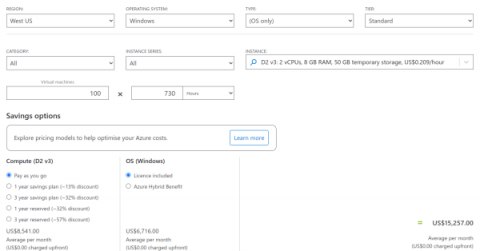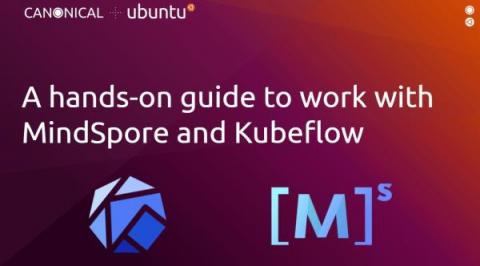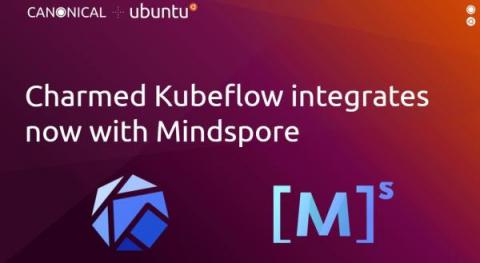Azure pricing explained
So, you’ve decided to use Azure as your primary cloud platform and want to calculate your infrastructure costs. You estimate them based on listed prices, and rest assured that your startup/project will meet its budget. And then, suddenly, at the end of the month, you receive an invoice from Azure for an amount two times higher than you originally expected.











